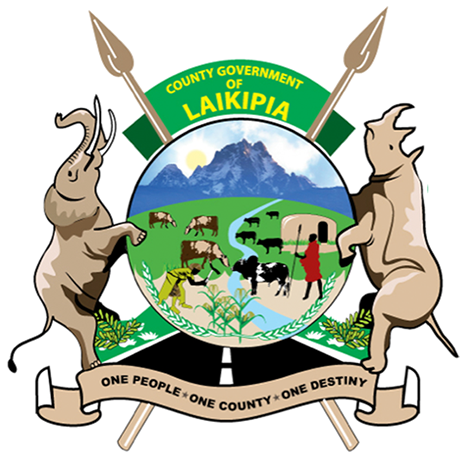Integrating Geospatial Technologies In Development Processes
The County Government of Laikipia has adopted an evidence-based approach in the development process. Collection and analysis of data on various aspects are at the core of this approach.
This has been reinforced by documentation and dissemination of the growth trends through periodic publications such as the annual Laikipia County Statistical Abstract.
The integration of geospatial technologies (GIS) in this approach will play an instrumental role in strengthening this approach by providing a spatial facet. The County Government of Laikipia has made tremendous steps in the use of Geographical Information Systems in data management and decision-making.
With support from Food and Agriculture Organization (FAO), the Laikipia County GIS Lab was established in 2019 and domiciled within the Department of Infrastructure, Land, Energy, and Physical Planning.
The Lab is well equipped with the requisite hardware, software, and human resource. Presently, the main activity has been the digitization of cadastral maps. These are the maps containing all the land parcels in the county. The activity is being undertaken in collaboration with the Survey of Kenya as part of the development of the Laikipia County Spatial Plan.
About 20% of the cadastral maps have been digitized. The output of the activity will be a digital land record known as Land Information Management System (LIMS). Other non-spatial data such as landowner, plot number, size, and current use will be included. The system will be used to enhance aspects such as land use planning, development approval, tracking payment of permits and rates, siting of projects, and support management of land-related disputes. Another key activity has been the collation of thematic data from various departments like health, education and social services, agriculture, livestock, and fisheries with the aim of enriching/developing a database for the County.
Recently, over 100 staff from various departments and five sub-counties were trained on data collection using smartphone applications. The collected information will be received and stored in the server for analysis and retrieval when required.
It is anticipated that this will activate a continuous collection of up-to-date graphic and textual data, which will be relied upon in making key decisions as well as report on socio-economic growth trends. Additionally, all projects being undertaken by the County Government of Laikipia will be mapped through this strategy. This will allow for real-time viewing of these projects and their distribution on geospatial platforms by citizens.
The use of GIS as a tool in determining and addressing development needs is expected to further enhance efficiency and bridge the gap between the current situation and desired future.
(Source: CGL E-Newsletter Issues 0043)
